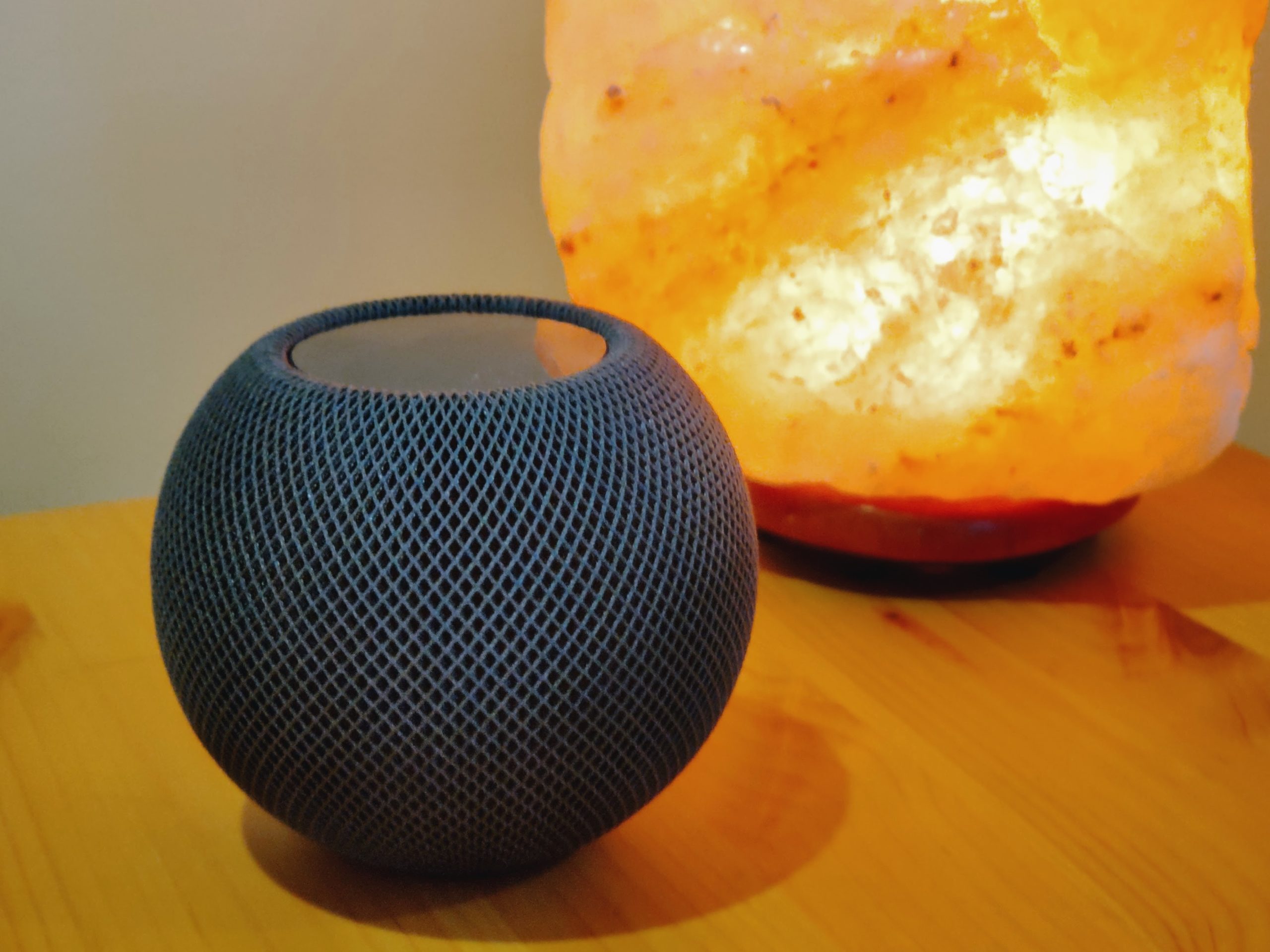On a recent Internet of Things Podcast episode, we took a call from our Voicemail hotline segment with a question about smart home routines triggered from an incoming phone call. Mike doesn’t keep his phone in the bedroom when he sleeps at night and he occasionally misses calls from his daughters because of that. He wants to know if an incoming phone call can turn on a light or make an announcement on a smart speaker.
Much of the answer to this question depends highly on what smart home devices Mike uses, which ecosystem he has and even whether his phone uses Android or iOS. So we’ll suggest a few solutions for some of the different answers are to these constraints.
Apple’s iOS and HomeKit requires a workaround
Right off the bat, in the world of Apple iPhones, you’re very limited. An incoming phone call can be announced on an Apple HomePod but the call can’t be used as an automation trigger. Apple is far more limiting in its Phone app than Android is. So if Mike has an iPhone and a HomePod or HomePod mini, for example, he can have those late night calls announced.

His daughters could also use the HomePod as a remote intercom, assuming they have iPhones. They would simply ask Siri to intercom or announce “Hey dad, wake up and call me,” for example. I know this feature works remotely as I’ve used it through CarPlay while on the road. Of course, if the girls have remote access to the smart home, they can turn on the bedroom light to wake Mike up as well. However, automations based from an incoming phone call aren’t a possibility in this situation.
IFTTT saves the day for Android
If Mike has an Android phone, he’s in much better shape to solve this challenge by downloading the IFTTT app. You can connect a specific phone number to IFTTT and set up a routine that starts whenever the phone receives a call from that number.
This requires the IFTTT application installed on the phone so the service can “see” the trigger event. When a call comes in from that specific phone number, the app tells the IFTTT cloud service to run a routine. So Mike could configure IFTTT to turn on a light in this case.
Alexa is another option if there’s an Echo in the house
With the Alexa app installed on either an Android or iOS device, there is a feature to remotely speak through an Amazon Echo device. We don’t know if Mike has an Echo device but if he does, his girls could use the Alexa app to drop in on the speaker and speak a message to their father.

No, this isn’t automated. However, if Mike’s daughter calls and he doesn’t answer, a simple button press in the Alexa app lets them reach out by voice to wake him up. He would then know he missed the call and could continue the conversation on the Echo or call the girls back as needed.
While not all of these potential solutions are quite what Mike is looking for, they could suffice as workarounds. Much of the solution here depends again on several factors such as mobile operating systems and smart home platforms. Hopefully, we’ve got a solution to handle the main options here.
To hear’s Mike’s question in full, as well as our discussion on the topic, tune in to the Internet of Things Podcast below: